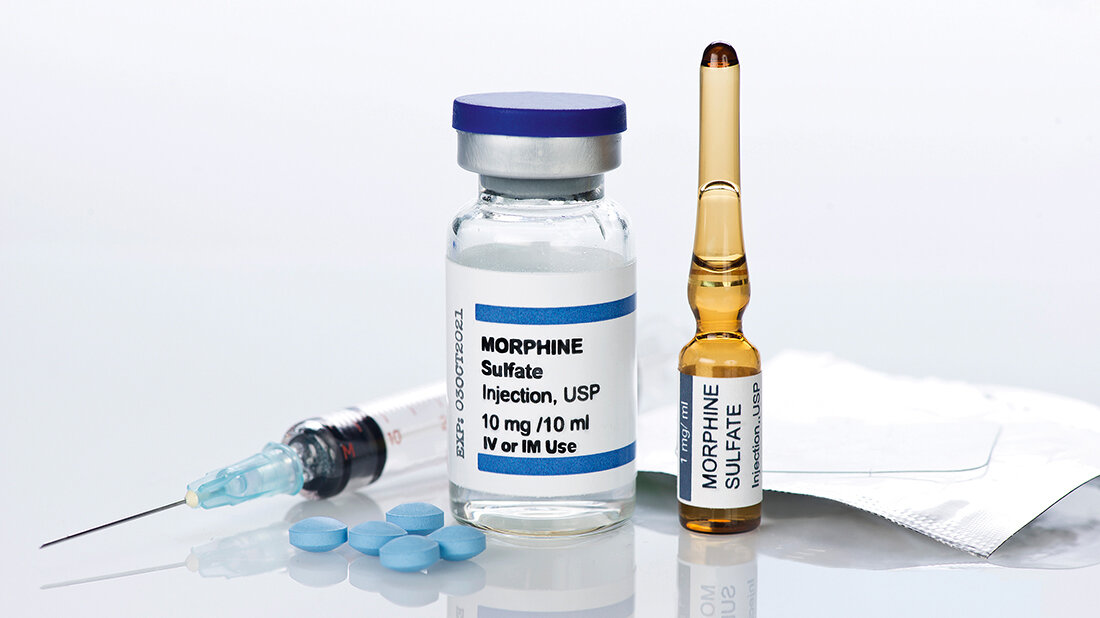Morphine: Boon and bane
The drug heroin is a semi-synthetic opioid which is twice as potent as opium. Fully synthetic opioids are fentanyl and methadone. An endogenous opioid is endorphin (endogenous +morphine = endorphin) which is synthesized within the human brain. Morphine acts in the brain by binding to opioid receptors, there mimicking the effect of endogenous opioids. This inhibits the transmission of the pain stimulus. Morphine has a dampening and anxiolytic effect.
How were morphines used in the past and what is the current status?
For thousands of years, people have used opium as curative medicine. In 1805, the German pharmacist Friedrich Sertürner extracted morphine for the first time, paving the way for its primary use as a painkiller. However, after more and more people became addicted to morphine,…
Dann nutzen Sie jetzt unser Probe-Abonnement mit 3 Ausgaben zum Kennenlernpreis von € 19,90.
Jetzt Abonnent werden

